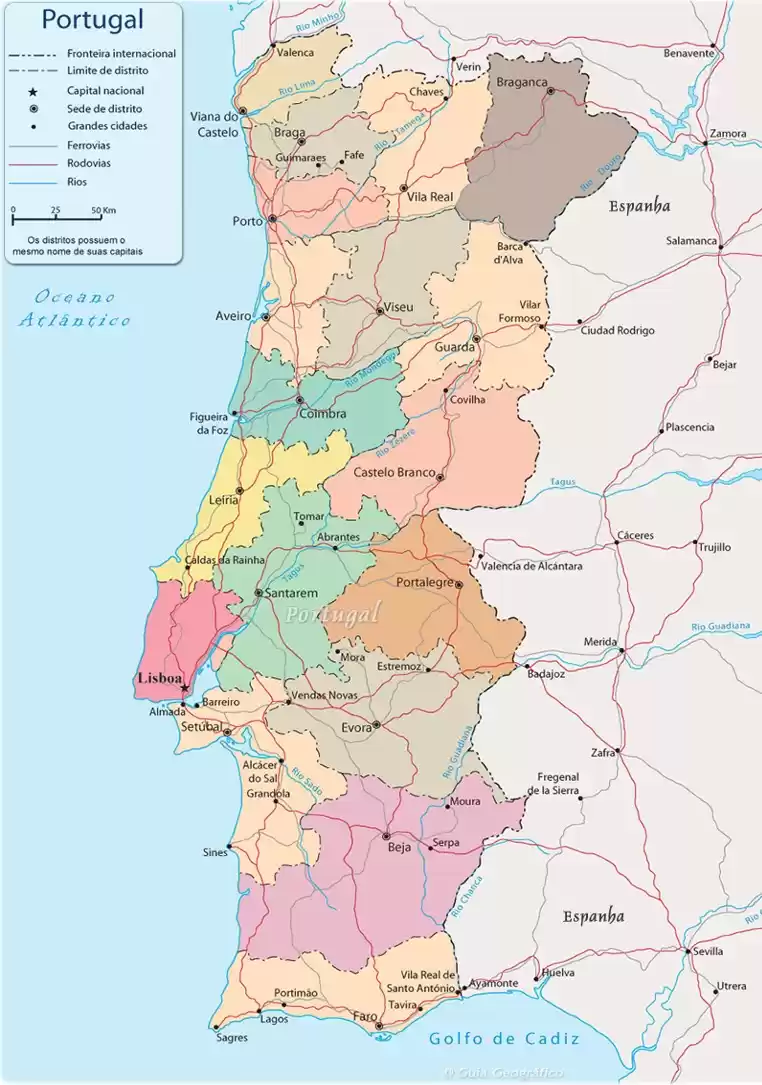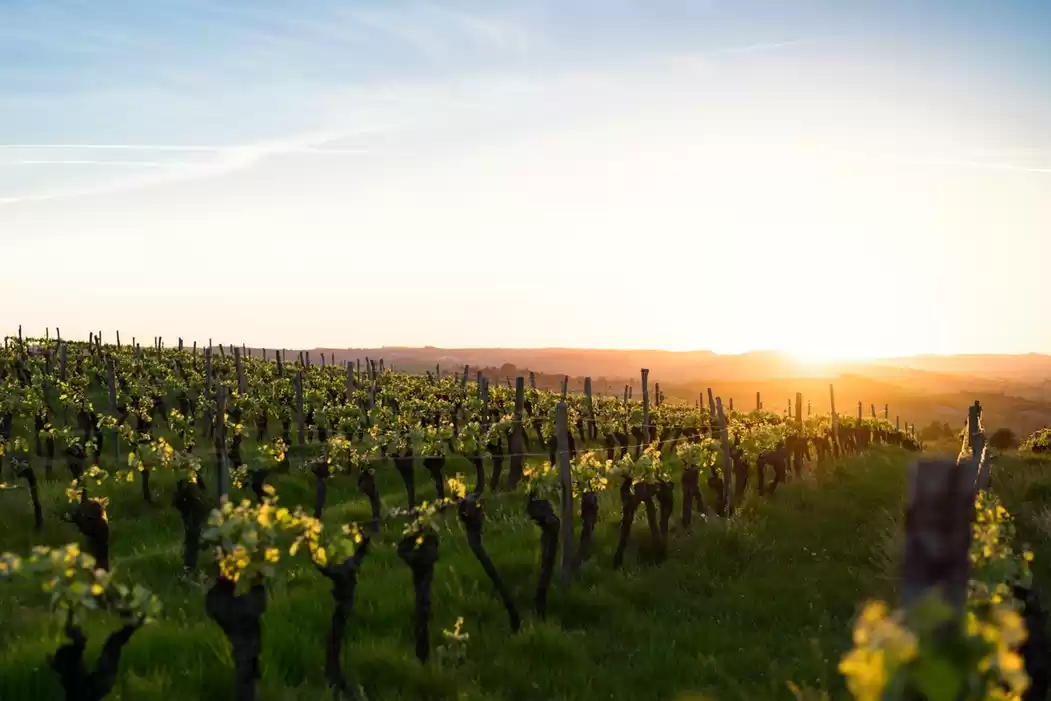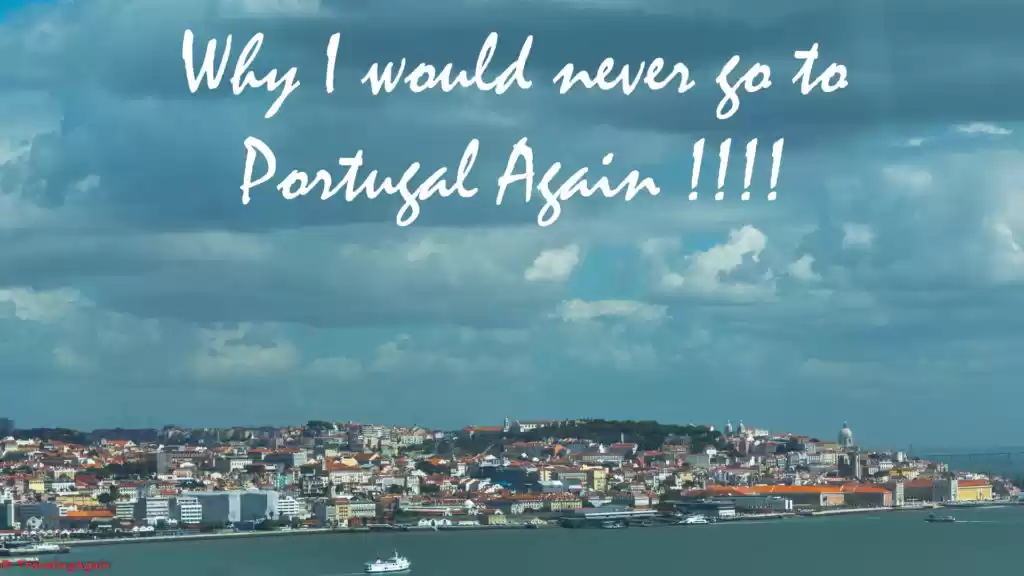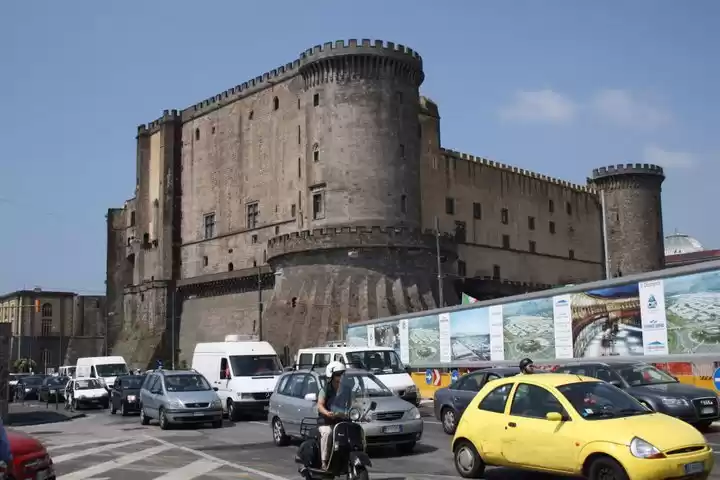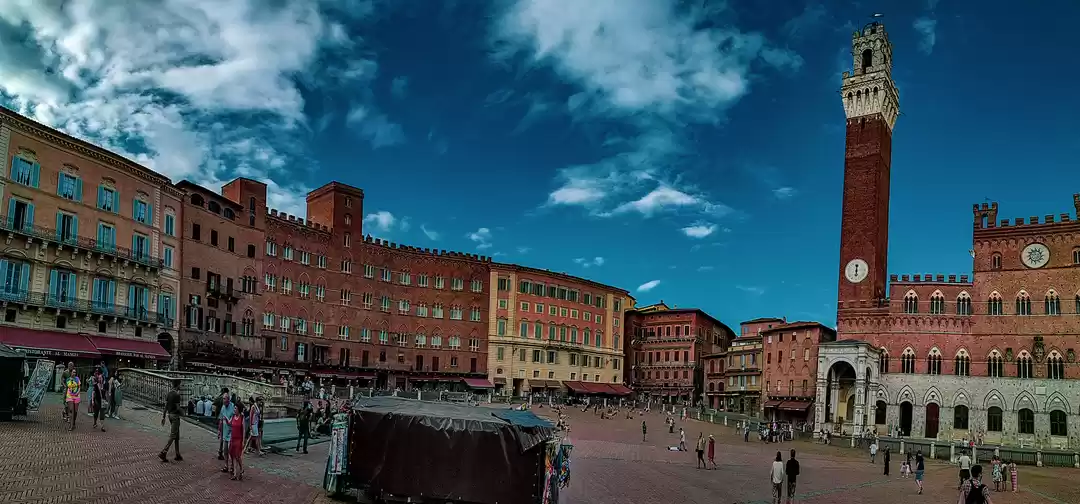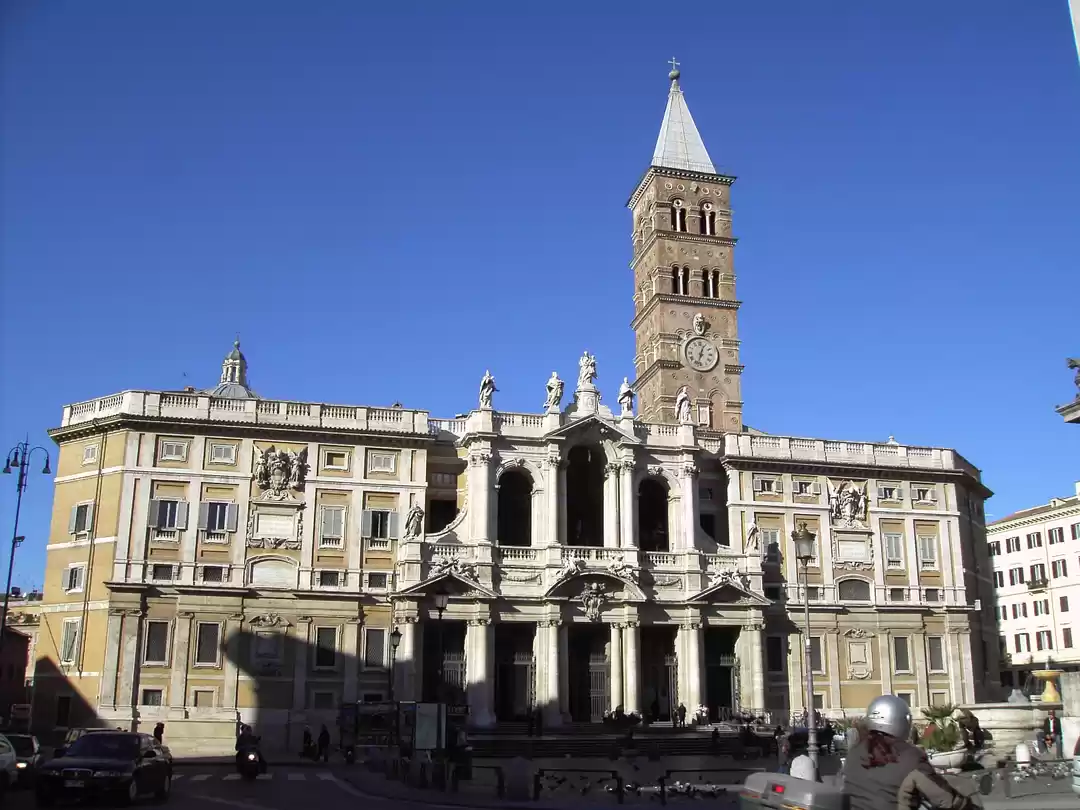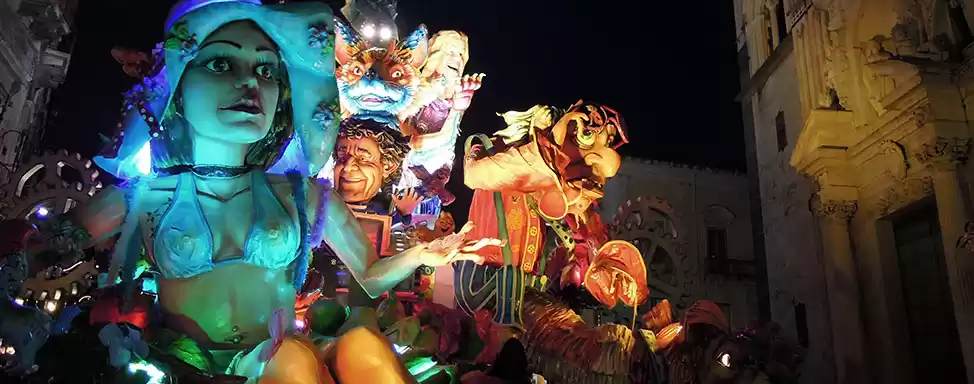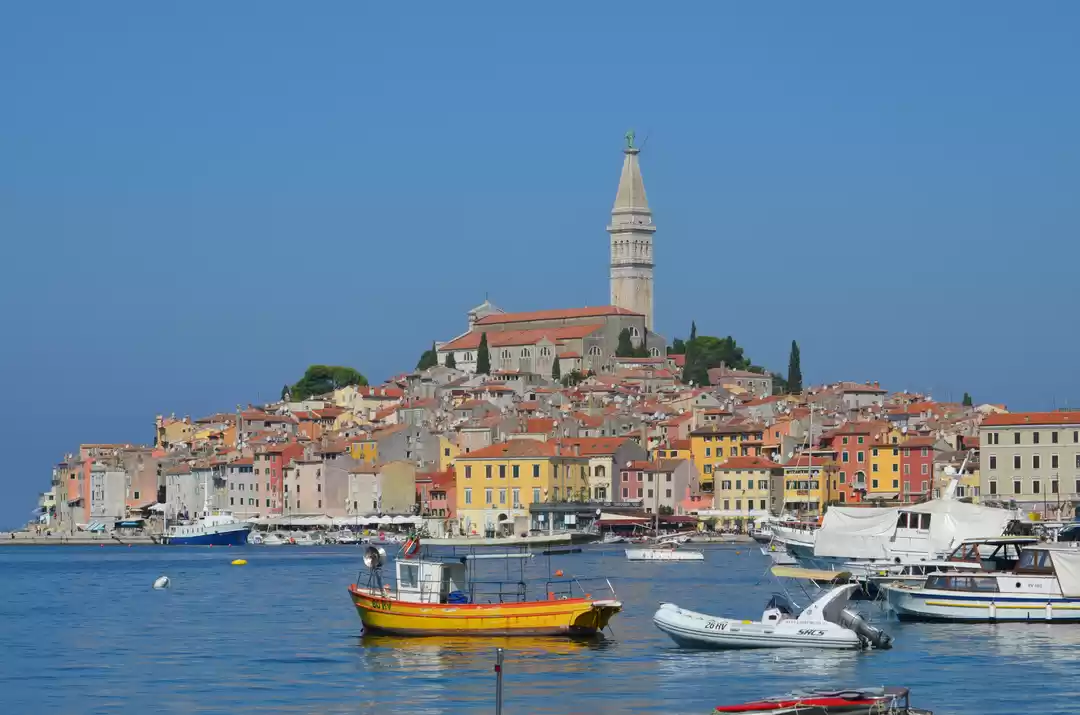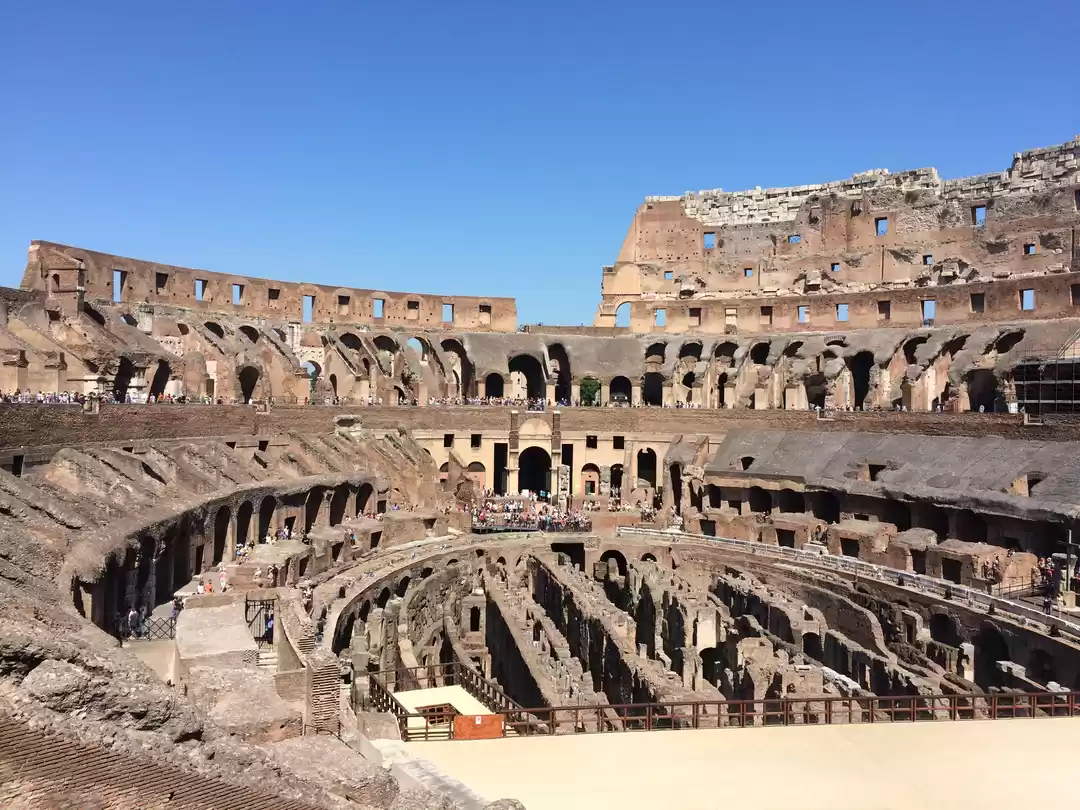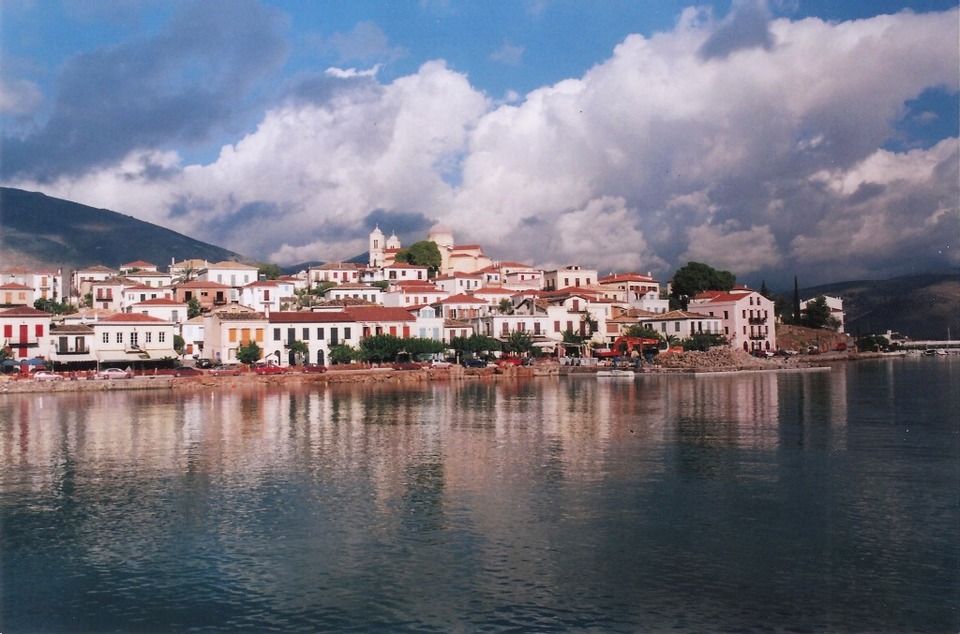
While traveling around Europe and visiting famous cities and attractions, we sometimes neglect to visit towns that are real hidden gems. And they are these towns that could offer us a more authentic and unique experience. Here are 5 of our favourite smaller European towns that certainly worth a visit :
Galaxidi
Galaxidi (Greece) : Galaxidi is a small coastal town near Delphi and Arachova on the Corinthian Bay. Cut off from Greek mainland for many years, Galaxidi relied on the sea for transportation from as far back as the 18th century. Some of the most famous and powerful Greek shipping families originated from here. The town could only be accessed by boat from Itea harbour until the 1950s, when the Nafpaktos-Itea road was constructed. Due to that fact, Galaxidi has maintained an island nature with its downhill paths and coloured alleys. The main attraction of the town is the preserved neoclassical houses, called kapetanopista, which means the captains' houses. Also in the town you could visit the peculiar church of Agia Paraskevi, with a zodiac cycle on its floor surface and a sundial in its front yard. During sunset take a walk around its always calm old port, enjoy the view of the town as it is reflected on the sea and end up at Hirolakas, the second smaller port. At Galaxidi you could taste excellent traditional Greek cuisine and fresh seafood. Our favourite places are Mpempelis (Nikolaou Mama 20-22) and Maritsa (Port of Galaxidi). (Photo at the top)
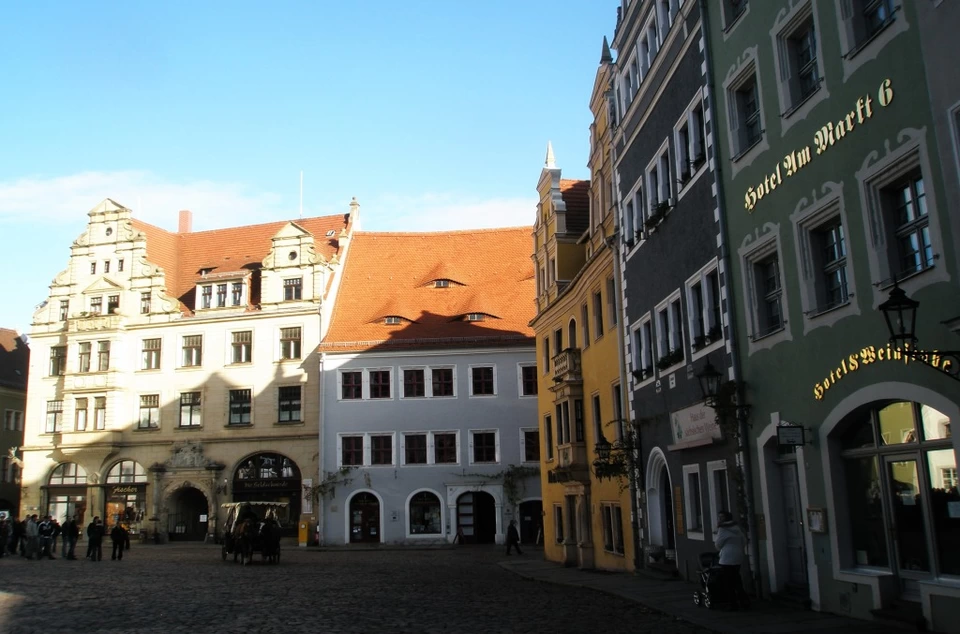
Meissen
Meissen (Germany) : Just 28 km from Dresden, in the centre of Saxony and built on the banks of Elbe river, Meissen is a German town that it would certainly amaze you. Its historic centre is remarkably well preserved with many Gothic and Renaissance buildings. At the central square, Markplatz, two buildings stand out : the Gothic Rathaus (Town Hall) and a unique Renaissance Marktapotheke (pharmacy). But the town is dominated by the spectacular Arbrechtsburg Castle and the Cathedral. The Castle is one of the finest examples of the Late Gothic Style and is regarded as being the first castle to be used as a royal residence in the German-speaking world, therefore the town sometimes is called the "cradle of Saxony". The Cathedral on the other hand, although a pure example of Gothic architecture, due to lack of space is one of the smallest cathedrals in Europe. But above all, Meissen is world famous for its porcelain, distinguished by its logo, a pair of crossed swords in blue. At the Porzellan-Museum, just a 1 km from city centre, you could visit (by joining a tour) the four demonstration workshops and the biggest Meissen porcelain collection in the world. If you feel hungry after all that, visit the Restaurant Vincenz Richter (An der Frauenkirche 12), in a former draper's house built in 1523.

Orange
Orange (France) : This historical town, in the middle of the Cotes du Rhone vineyards (see here our related article) in Provence, is often neglected by the visitors of the area but has so much to offer. First of all it contains two of the finest Roman monuments in Europe. The town was founded in 35 BC by Roman veterans, who built the magnificent Arc de Triomphe to show the Roman supremacy on via Agrippa. The Arch has excellent decorations devoted to war and maritime themes. The other impressive Roman monument is the Theatre Antique d' Orange, the biggest surviving Roman Theatre outside Italy, with a total capacity of 7.000 spectators. The Arch, the Theatre and their surroundings were listed in 1981 by UNESCO, as a World Heritage Site. But apart from the Roman buildings, the Old Town is picturesque and calm with streets open on to peaceful shady squares with cafes and scenic small churches. At Place de la Republique, the statue of Raimbaud II recalls the town's participation in the First Crusade. One last interesting detail is that the Dutch Royal Family (and the Dutch National Soccer Team) owes its name "The House of Orange - Nassau" to this city, when William the Silent, count of Nassau, in 1544 inherited the title Prince of Orange. During your walk in the cobbled streets of the historic centre, you could taste excellent Provencal cuisine at Les Saveurs du Marche (Rue de Tourre) and A la Maison (Places de Cordeliers).
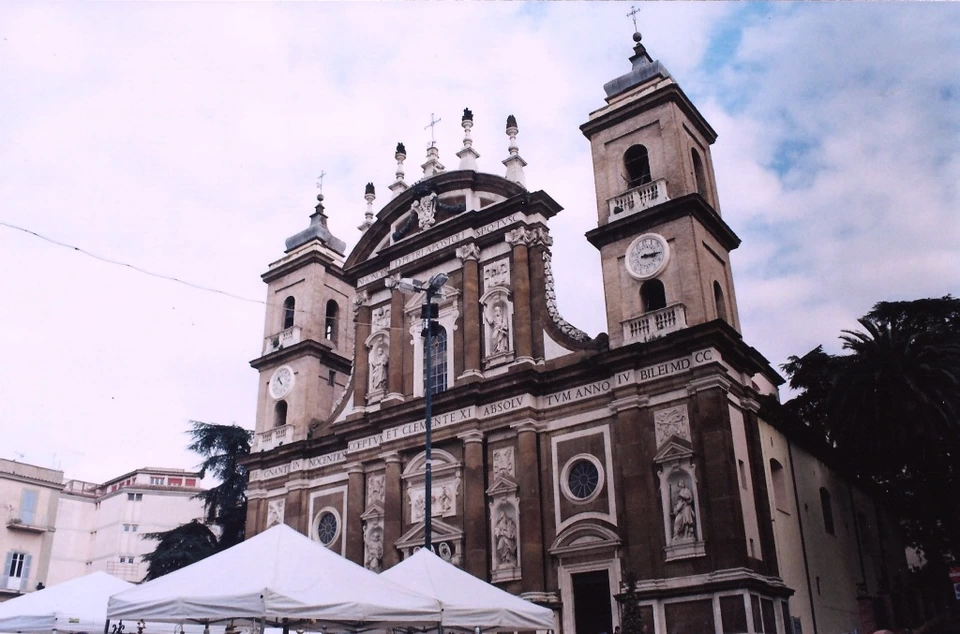
Frascati
Frascati (Italy) : 12 klm southeast of the Eternal City, the road climbs to the hills of Colli Albani. In the Middle Ages the hills were fortified with castles and the 13 Castelli Romani villages were created in the slopes of the ancient Vulcano Laziale. These are wonderful scenic villages and towns, like Castel Gandolfo (with the papal summer residence), Genzano di Roma, Nemi (the strawberry village - see here our article about this unique place) and of course Frascati. Frascati is the biggest of the Castelli Romani towns with elegant villas and gardens located on the hill and a labyrinth of narrow winding streets at its centre. Start your walk at Piazza Roma, the meeting point of the locals, and admire the Baroque facade of the 17th century Basilica Cattedrale di San Pietro Apostolo (pictured above). Then get lost in the maze of streets which leads you to picturesque small piazzas, hidden churches and small shops. On the way, there are stalls selling porchetta (pork roasted with herbs) and small bakeries with pizza, hot from the oven. Grab your food, buy some local wine, especially the fruity white Frascati Superiore and head for a picnic at Belvedere at the base of Piazza Marconi, with spectacular views of Rome. No wonder this place is favourite Sunday escape for the citizens of the city. The best place for pizza in town is Pizzeria Veleno (Via Mentana 8) and you could find tasty porchetta at Forno Ceralli (Piazza Bambocci 5), along with other local delicacies.

Evora
Evora (Portugal) : One of the best preserved medieval towns of Portugal, Evora was declared in 1986 by UNESCO as a World Heritage Site. Inside the city's 14th-century walls, the narrow winding streets will lead you to architectural sites of unique beauty, like the magnificent Se Catedral, the columns of Templo Romano (a roman temple, later used as a slaughterhouse) and the scenic Praca do Giraldo with its moorish arcades. In Evora you can also visit the church of Sao Francisco, where the main attraction is Capela dos Ossos, a gruesome chapel created by the bones of 5.000 monks in the 17th century. Apart from the historic sites, the town has also a strong culinary interest. Evora is the capital of Alentejo region, basically an agricultural territory, which has a very unique and interesting cuisine, known as alentejo. Alentejo is a surprising mix of flavours. Bread, pork and olive oil, combined with aromatic herbs, are the basic ingredients in one of the humblest and at the same time tastiest cuisines in Portugal. The most characteristic dish is a soup made with water, olive oil, garlic, a poached egg, bread and coliander. In the town, two of best places to taste this cuisine are : Restaurante Sao Domingos (Tv. da Mangalaca 8) and Restaurante Sao Luis (Rua Do Segueiro 30).
5 unique towns, 5 unique travel experiences. Don' t hesitate to visit any of the above places. In the words of Ibn Battuta : "Traveling leaves you speechless, then turns you into a storyteller".














